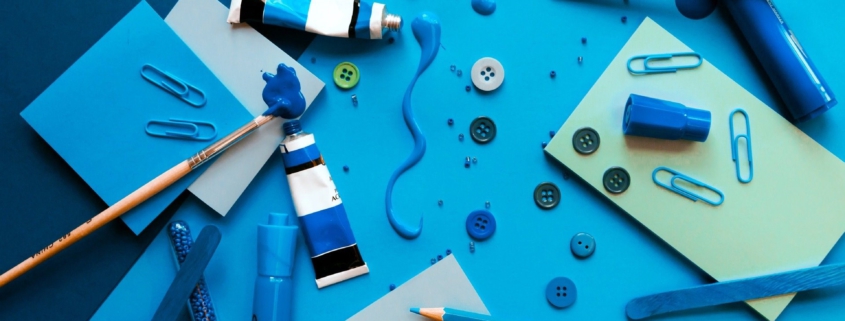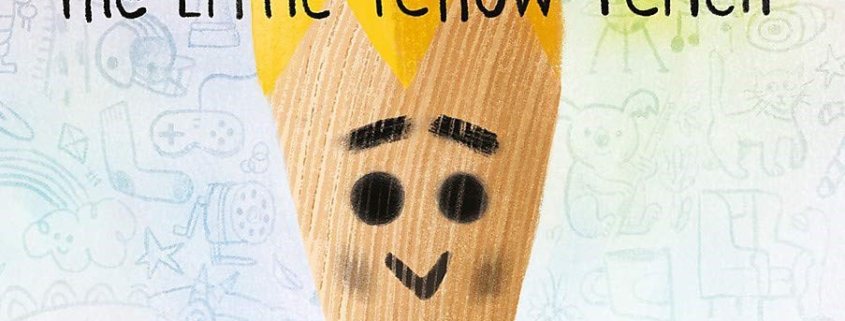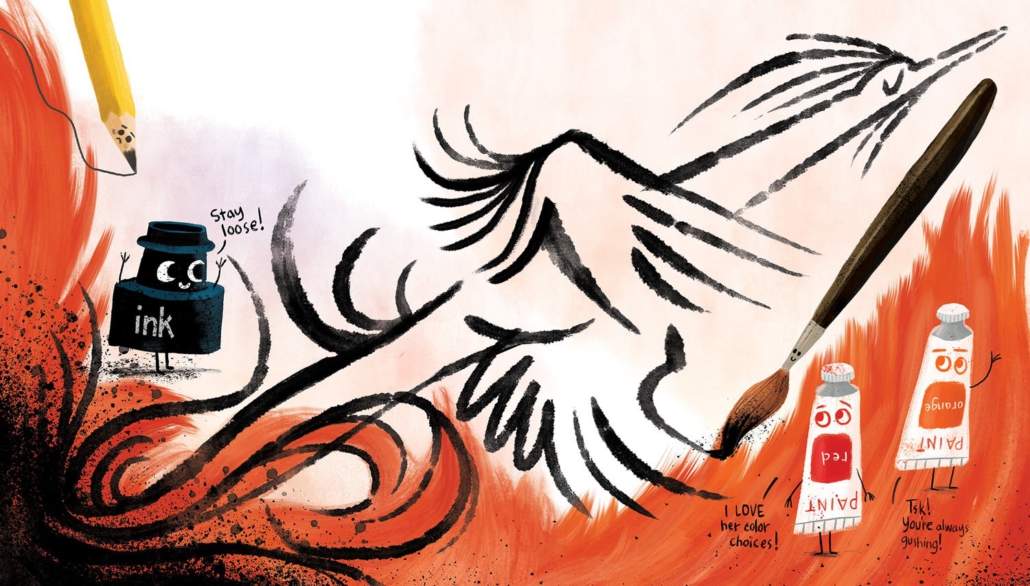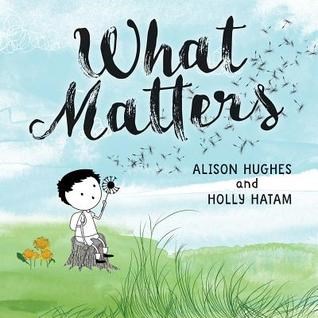Much of my ethos for school libraries comes from the Makerspace movement. I find the Maker spirit of exploration, experimentation, producing and sharing partner perfectly with the curiosity, creativity and connection I want to foster in my library spaces.
I have created small Makerspaces in all of my libraries – decks of cards, origami supplies, dominoes, building blocks, rainbow looms, electronics supplies, Lego and K-Nex…Makerspaces don’t have to be complicated or expensive. Students can explore, tinker and create using all sorts of simple supplies.
This year’s COVID-conscious restrictions for touching and sharing present new opportunities to rethink the Makerspace and introduce innovative ways for students to engage without fear of contamination.
Focus on Consumables
While I typically try to keep my Makerspaces non-consumable to limit waste and the need to purchase new supplies, using consumable items will limit the possibility of sharing germs as students work and create. Some simple (and cheap!) consumable options may be finger knitting which requires no needles, paper airplanes which provide a ton of fun without much mess, or straw/pasta building challenges.
Pack and Play
Creating individual student activity kits might sound laborious, but this is the best way to make sure that students are not sharing items. For me, the trick is to find an item that can easily be sorted and used for multiple purposes. Paper bags of Lego, for example, are an excellent way for students to engage several ideas without cross-contamination. Simply toss a handful of Lego blocks into a paper back for each student, then invite them to practice some offline coding by designing a secret shape and instructing a partner on how to create it step-by-step. Or have students build a structure, marble maze or coded message. The creative activities with Lego are endless and students can experiment, learn and create in a variety of ways!
Stick with STEM
STEM or STREAM powered activities are ideal for students looking for creative ways to think outside the box! Our LRC has several amazing STEM kits to inspire students to produce innovative solutions to everyday problems. The benefit of STEM is that students can all be producing their own solutions without sharing supplies. Have students design footwear ideally suited to your school’s outdoor terrain, invite them to create a bridge to support a class item or produce a brilliant piece of art using only found items from the forest. Robotics are ideal Covid-friendly activities that students can work on together. Even socially distant groups can use iPads to program Root Robots or Spheros.
Go Virtual
The virtual Makerspace is another fun and innovative way to get students tinkering and creating without the need to share supplies. Check out my virtual Makerspace for some ideas to get you started in creating your own. My goal when creating a virtual Makerspace is to curate a collection of websites that don’t require logins, passwords or memberships to allow all students, in any space to equally access the activities. Also seek out websites, activities and online games that challenge students to think outside the box and create innovative products. Online recording or design sites are ideal for pushing students toward production.







